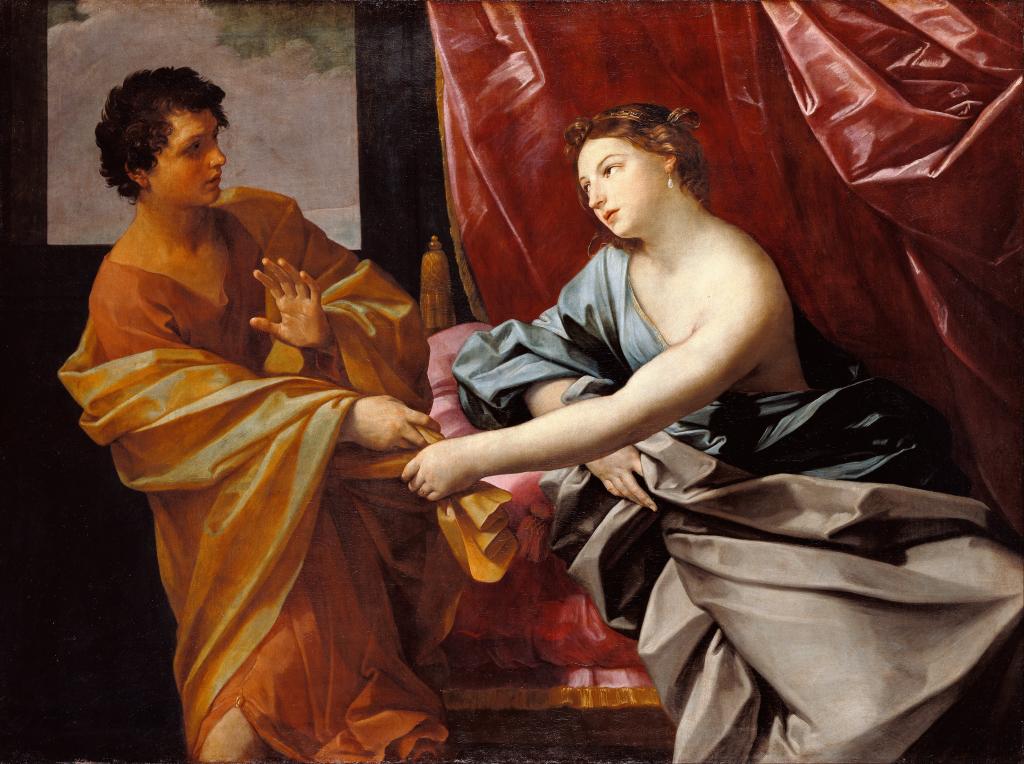Mormonism’s notions of the divine realm are distinctive from traditional Christian views in primarily two ways. The first is that God has a material body. The second is that in addition to the traditional depiction of the divine realm consisting of the three persons of the Father, Son, and Holy Ghost, there exists also a Mother, a divine female figure.
This teaching of the Heavenly Mother remains among the most controversial in Mormonism both in and out of the faith. The teaching is affirmed by the highest levels of Church authorities, including in the semi-canonical 1995 document, “The Family: A Proclamation to the World,” which refers to “heavenly parents.” At the same time, the controversy about Heavenly Mother persists in that there remain profound taboos about teaching about and most certainly worshiping Heavenly Mother. In a great paradox, the idea that a Heavenly Mother exists is affirmed by nearly all Mormons, and talked about by hardly any.
Part of the reason for the current taboo about talking about Heavenly Mother stems from the prominent excommunications of some Mormon feminists in the 1990s. Some of these women advocated prayer to Heavenly Mother, which was explicitly forbidden by high ranking church leader Gordon B. Hinckley in 1991. In the wake of these events, hardly anything has been said about her beyond the affirmation of her existence. Indeed, the aforementioned Proclamation explains that God the Father is worshipped, that we are to follow the teachings of Jesus, but gives no explanation of what is to be done with respect to Heavenly Mother.
This gap in information and discussion about Heavenly Mother has generated various responses from Mormon thinkers. There are some Mormons who challenge the teaching of Heavenly Mother and insist on a male-only Deity. Blake Ostler is the most prominent voice on this perspective, whose three volumes on Mormon theology about God only mention Heavenly Mother in a single footnote to dismiss the idea of her.
Many others have offered significant reflection on the necessity and value of Heavenly Mother as a theological point in Mormonism. The popular notion of “spirit birth,” the view that divine male-female couples sexually reproduce in the heavenly realm, has played a critical role in imagining Heavenly Mother, and in some ways is the primary way in which she is imagined. Conservative Mormon women have happily accepted this portrayal of Heavenly Mother’s role as a pregnant, non-public mother. Such a depiction of Heavenly Mother validates and empowers such women as mothers and represents their practice of motherhood not as a subordinate or inferior choice, but as a reflection of a divine life. Mormon women have depicted traditional mother’s work as the sacred, not the mundane. As feminist arguments, this view sees in Mormonism not the suppression of, but valorization of women’s bodies, experiences, and roles. In this interpretation, Mormon women’s equality derives not from access to power exercised by men, but through the representation of women’s power in divine models.
Other Mormon feminists have not seen in Heavenly Mother an empowered mother figure. They understand the silence about her and the delimiting of her role to motherhood, defined almost exclusively by pregnancy and birth rather than the kind of enduring nurturing of children as an active participant as a misrepresentation. Rather than see motherhood as empowering, this strain of Mormon feminism has noted the ways in which the rhetoric of “motherhood” as the primary identity of womanhood has historically been used to limit women’s power in ecclesiastical, political, economic, and even household spheres, and how such rhetoric about Heavenly Mother contributes to silence about her.
Margaret Toscano has recently reflected on the tension between thee two depictions of Heavenly Mother:
On the one hand, to accept motherhood, even heavenly motherhood, as an idea is to acquiesce to a reduced sense of self, as though all we women are made for is motherhood, forever and ever….On the other hand, to reject motherhood as a role for women, or to see it as insignificant, is to turn against the cycles of our own bodies and against what is a life-altering experience for the majority of women who have lived. [“Heavenly Motherhood: Silences, Disturbances, and Consolations,” Sunstone 161 (March 2012): 71.]
Toscano’s comment underscores the ways that Heavenly Mother has entered into Mormon discourse in the late 20th and early 21st century on the cultural terrain of the Mommy Wars. Such a tension between feminist women who expected validation for their choices to be full-time mothers and women who sought to define their identity beyond motherhood has been a distinctive feature of feminist debates over the past few decades.
Can Mormon feminist thought think past this tension, both affirming and validating childbirth, motherhood, and women’s bodies, while not reducing women’s value to these realms alone? In my view, the problem is yet unresolved. Some of the problem may have to do with the terms of the debate, in which “motherhood,” especially childbirth in the heavenly realm, has emerged as the crux. While a few like Ostler have denied it, and thus denied the need for women in the divine realm, conservative feminists have affirmed child birth as the necessary condition for women in the divine realm. Neither imagines that women’s necessity might derive from something other than the womb.
At stake in the issue of Heavenly Mother is nothing less than what it means to be a woman. The truism that theology is always anthropology is never more applicable than in Mormonism. The problem of a singular representation of Heavenly Mother may arise from the illusory nature of the question of what is the universal feature of ‘woman’ or the attempt to locate her essence. Of course, there is also the corollary problem of ‘man.’ What must occur next is further critical theological reflection on the issue of sexual difference. Perhaps we may overcome the problem by moving away from the essentialist and universalist theories that have produced it.











